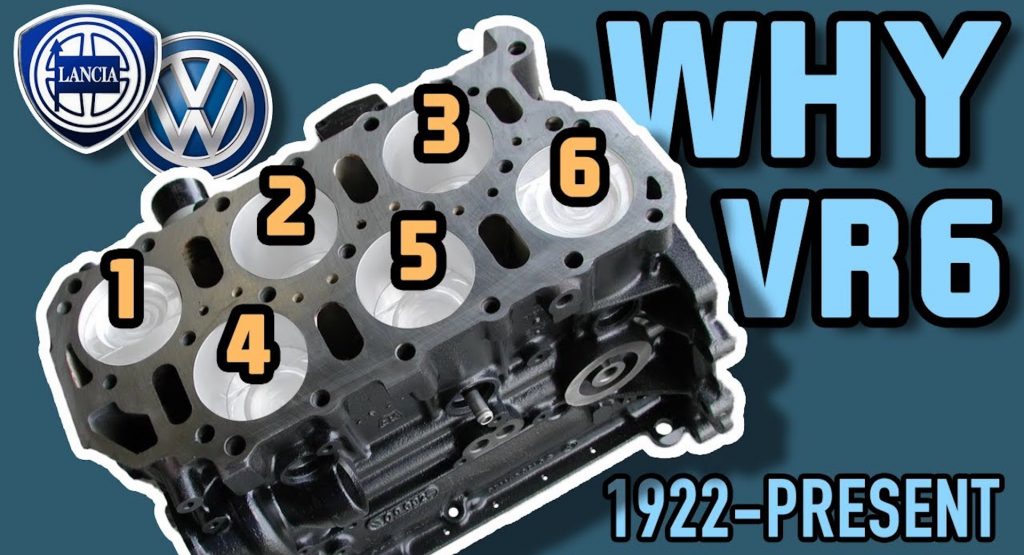What do the Bugatti Chiron, Bentley Continental W12, a 1991 Passat and the Chinese-market VW Talagon have in common?
Yes, all four belong in the VW Group empire, but more importantly they all employ versions of the narrow-angle VR engine technology VW introduced in the B3 Passat sedan, the Corrado coupe and the hottest version of the Golf Mk3 30 years ago.
The concept is smart and simple. Straight-six and straight-eight engines are long, and while traditional vee engines are usefully shorter, they’re often impractically wide. But creating a vee engine with such a narrow angle that all of the cylinders appear in the same bank and are covered by one cylinder head is a very space efficient way of packing lots of pistons into a tiny area.
Having introduced the concept as a VR6, and fitted it to everything from the Golf to the Sharan minivan, and even the Porsche Cayenne, VW lopped off a cylinder to create a V5, which also sounded pretty wicked.
Related: Supercharged Ford 7.3-Liter Godzilla V8 Delivers 965 HP On The Dyno
It also packed two short banks of four cylinders together to make the hideously unreliable engine for the Passat W8, applied the same thinking more successfully in Bentley’s W12, and of course topped the lot with a W16 for Bugatti.
But as this video from YouTuber VisioRacer explains, the concept of the narrow angle vee engine goes way back before 1991. Actually, it was Lancia that pioneered the concept in 1922 for the V4-engined Lambda, an incredibly sophisticated (even if it doesn’t look it) sedan whose other innovations were independent suspension and unitary chassis construction.
In recent years, VW has phased out many of its VR engines particularly in its more affordable cars, replacing the VR6-engined Golf R32 with the turbocharged four-cylinder Golf R. And the pressure to reduced CO2 and fuel consumption figures means the big W12 and W16 monsters from Bentley and Bugatti will almost certainly eventually give way to electric motors.
But for now they live on, as does the VR6, on the Chinese market at least, where these days it displaces 2.5-liters, sports a single turbo and makes a respectable 295 hp in the VW Talagon, compared with 172 hp in the naturally aspirated Passat on its 1991 debut. There’s plenty of things we’ll miss about ICE engines when they’re gone, and quirky engineering solutions that help differentiate one car from another is definitely high on the list.




